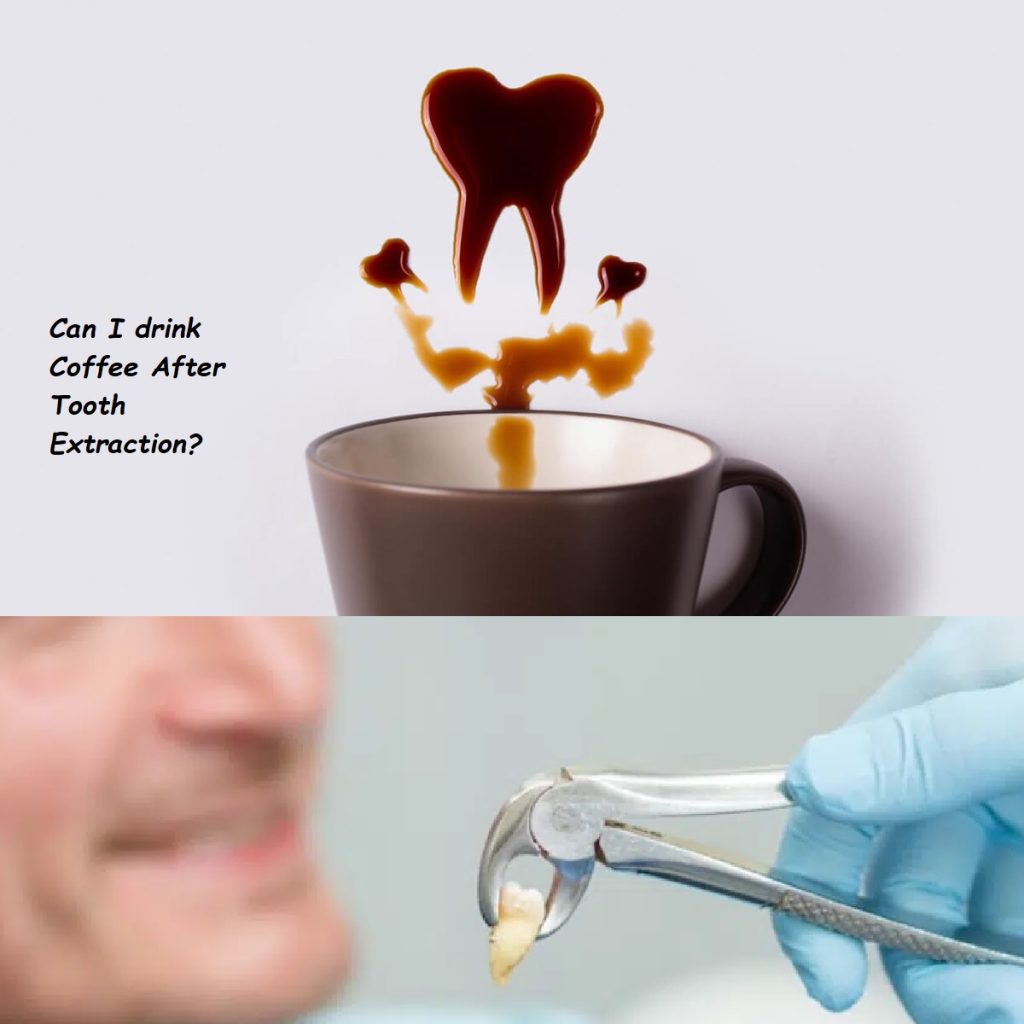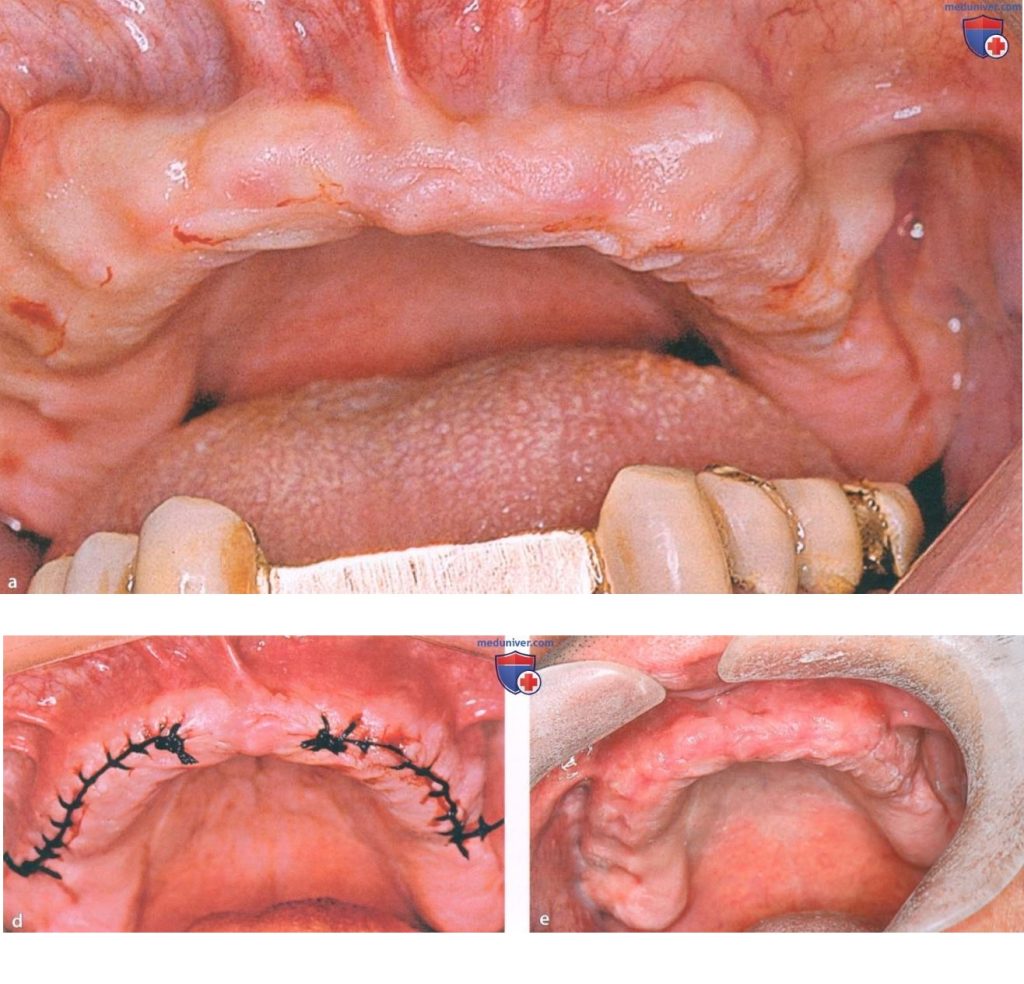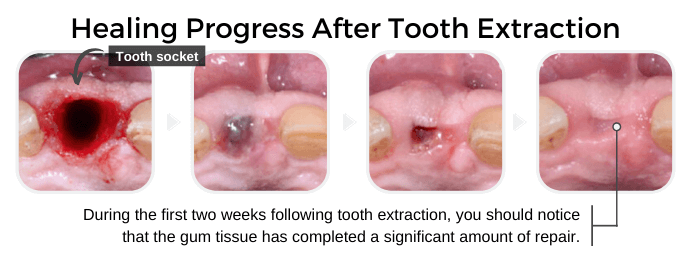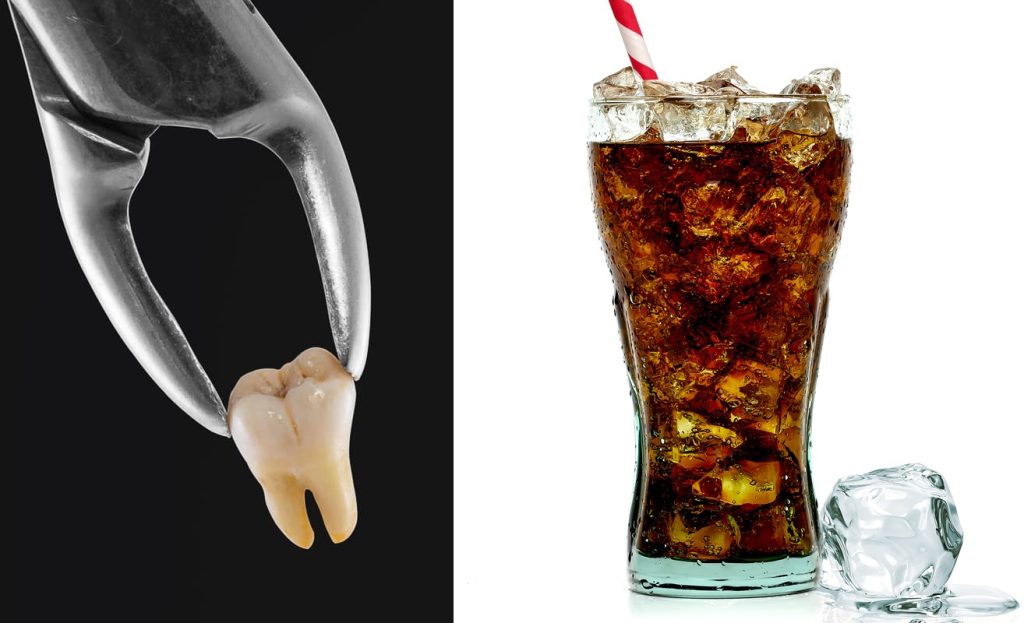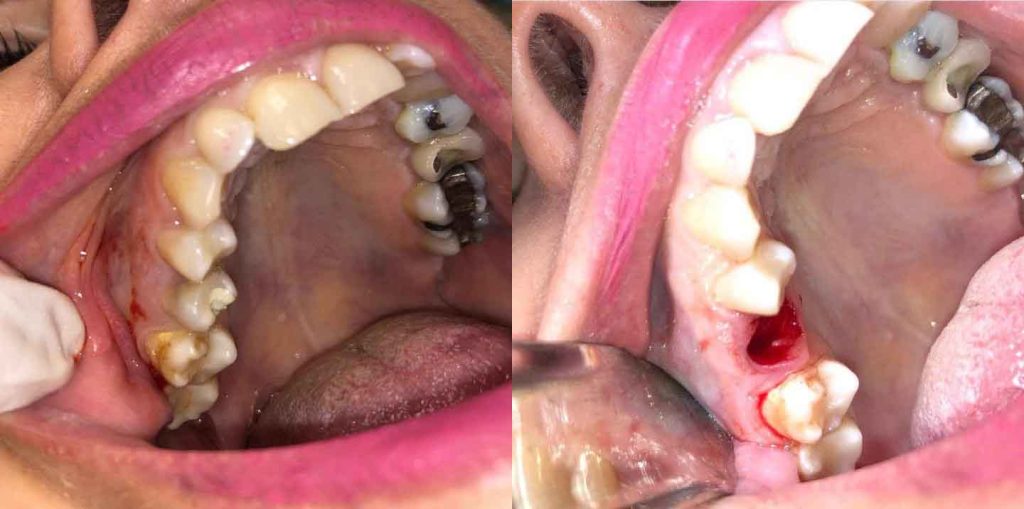Chlorhexidine mouthwash after tooth extraction

After a tooth extraction, maintaining oral hygiene is crucial to prevent infections and promote healing. Chlorhexidine mouthwash is often recommended by dental professionals as part of the post-extraction care routine. This comprehensive guide will explore the use of chlorhexidine mouthwash after tooth extraction, including its benefits, proper usage, potential side effects, and best practices for post-extraction care.
Understanding Chlorhexidine Mouthwash
What Is Chlorhexidine Mouthwash?
Chlorhexidine mouthwash is an antimicrobial rinse commonly used to reduce bacteria in the mouth. It is effective against a wide range of microorganisms, making it a popular choice for preventing infections in dental procedures and treating gingivitis and other oral conditions.
How Does Chlorhexidine Work?
Chlorhexidine works by binding to the oral tissues and tooth surfaces, where it disrupts the bacterial cell membranes and inhibits the growth of harmful bacteria. This action helps reduce plaque formation and maintain a clean oral environment.
Benefits of Using Chlorhexidine Mouthwash After Tooth Extraction
Infection Prevention
One of the primary benefits of using chlorhexidine mouthwash after tooth extraction is its ability to prevent infections. The antimicrobial properties of chlorhexidine help eliminate bacteria that could potentially infect the extraction site, reducing the risk of complications such as dry socket or abscess formation.
Promotes Healing
By keeping the extraction site clean and free from harmful bacteria, chlorhexidine mouthwash aids in the healing process. A clean environment allows the tissues to heal more effectively, minimizing discomfort and promoting faster recovery.
Reduces Inflammation
Chlorhexidine mouthwash has anti-inflammatory properties that can help reduce swelling and inflammation around the extraction site. This can lead to a more comfortable healing experience and less post-operative pain.
Easy to Use
Chlorhexidine mouthwash is easy to incorporate into your daily oral hygiene routine. Its effectiveness and convenience make it a preferred choice for post-extraction care.
Proper Usage of Chlorhexidine Mouthwash After Tooth Extraction
When to Start Using Chlorhexidine Mouthwash
Typically, dentists recommend starting the use of chlorhexidine mouthwash 24 hours after the tooth extraction. This waiting period allows the initial blood clot to form and stabilize, reducing the risk of dislodging it.
How to Use Chlorhexidine Mouthwash
- Measure the Correct Dose: Use the measuring cup or cap provided with the mouthwash to ensure you use the correct amount. Typically, 15 ml (about 1 tablespoon) is sufficient.
- Rinse Thoroughly: Swish the mouthwash around the extraction site and the rest of your mouth for about 30 seconds. Make sure the mouthwash reaches all areas of your mouth.
- Spit Out: Do not swallow the mouthwash. Spit it out completely after rinsing.
- Frequency: Use the mouthwash twice daily, typically in the morning and before bed, or as directed by your dentist.
Precautions
- Avoid Eating or Drinking: Refrain from eating or drinking for at least 30 minutes after using chlorhexidine mouthwash to allow the active ingredient to work effectively.
- Avoid Rinsing with Water: Do not rinse your mouth with water immediately after using chlorhexidine mouthwash, as this can dilute the effectiveness of the product.
- Follow Instructions: Adhere to the instructions provided by your dentist or the product packaging for the best results.
Potential Side Effects of Chlorhexidine Mouthwash
While chlorhexidine mouthwash is generally safe and effective, some individuals may experience side effects. It is essential to be aware of these potential issues and consult your dentist if they occur.
Common Side Effects
- Temporary Discoloration: Chlorhexidine can cause temporary staining of the teeth, tongue, and dental restorations. This discoloration can usually be removed during professional dental cleanings.
- Altered Taste: Some users may experience a change in taste or a metallic taste in the mouth. This is usually temporary and resolves after discontinuing use.
- Increased Tartar Formation: In some cases, prolonged use of chlorhexidine can lead to increased tartar buildup. Regular dental check-ups and cleanings can help manage this.
Rare Side Effects
- Allergic Reactions: Although rare, some individuals may experience an allergic reaction to chlorhexidine. Symptoms can include swelling, itching, and difficulty breathing. If you experience any of these symptoms, seek medical attention immediately.
- Mucosal Irritation: Prolonged use can sometimes cause irritation or soreness of the oral mucosa. If irritation persists, consult your dentist.
Best Practices for Post-Extraction Care
Maintaining Oral Hygiene
- Brush Gently: Brush your teeth gently, avoiding the extraction site, to maintain oral hygiene without disturbing the healing area.
- Floss Carefully: Floss your teeth carefully, avoiding the extraction area until it has healed sufficiently.
- Use Saltwater Rinses: In addition to chlorhexidine mouthwash, rinsing with warm salt water can help soothe the extraction site and keep it clean. Use 1/2 teaspoon of salt in 8 ounces of warm water and rinse gently.
Managing Pain and Swelling
- Take Prescribed Medications: Follow your dentist’s instructions regarding pain relief medications and antibiotics, if prescribed.
- Apply Ice Packs: Use ice packs on the outside of your face near the extraction site to reduce swelling and discomfort during the first 24-48 hours.
- Avoid Strenuous Activity: Refrain from strenuous physical activities that could increase blood pressure and lead to bleeding at the extraction site.
Dietary Considerations
- Stick to Soft Foods: Consume soft foods such as yogurt, mashed potatoes, applesauce, and soups during the initial healing period.
- Avoid Hot and Spicy Foods: Hot and spicy foods can irritate the extraction site and delay healing.
- Stay Hydrated: Drink plenty of water to stay hydrated, but avoid using straws, as the sucking action can dislodge the blood clot.
Frequently Asked Questions
Can I Use Chlorhexidine Mouthwash Instead of Brushing?
No, chlorhexidine mouthwash should not replace regular brushing and flossing. It is meant to complement your oral hygiene routine, especially after a tooth extraction, to reduce bacteria and promote healing.
How Long Should I Use Chlorhexidine Mouthwash After Tooth Extraction?
Your dentist will provide specific instructions on the duration of use. Generally, chlorhexidine mouthwash is used for about 7-14 days post-extraction. Prolonged use beyond this period should be avoided unless directed by your dentist.
What Should I Do If I Experience Side Effects?
If you experience mild side effects such as temporary discoloration or altered taste, they will usually resolve after discontinuing use. For more severe side effects, such as allergic reactions or persistent irritation, contact your dentist immediately for guidance.
Can Chlorhexidine Mouthwash Prevent Dry Socket?
While chlorhexidine mouthwash can help reduce the risk of infection, it is not a guaranteed method to prevent dry socket. Following all post-extraction care instructions, including avoiding activities that can dislodge the blood clot, is essential to prevent dry socket.
Are There Any Alternatives to Chlorhexidine Mouthwash?
Yes, there are alternatives to chlorhexidine mouthwash, such as:
- Saltwater Rinses: A natural and gentle alternative to keep the extraction site clean.
- Prescription Antimicrobial Rinses: Your dentist may recommend other antimicrobial rinses based on your specific needs.
- Over-the-Counter Mouthwashes: Look for mouthwashes with antibacterial properties, but consult your dentist before use.
Conclusion
Using chlorhexidine mouthwash after tooth extraction is a highly effective way to maintain oral hygiene, prevent infections, and promote healing. By understanding the proper usage, potential side effects, and best practices for post-extraction care, you can ensure a smooth and comfortable recovery process.
Always follow your dentist’s instructions and consult them if you have any concerns or experience side effects. With the right care and attention, you can achieve optimal healing and maintain good oral health after your tooth extraction.
Related to read:
Best Oral Hygiene Practices For Optimum Oral Health.
How to Whiten Teeth Naturally?
How to keep your gums healthy and disease-free?
References
To ensure the information provided is accurate and up-to-date, the following sources were referenced:
- American Dental Association. (n.d.). Plaque and Tartar. Retrieved from ADA website
- Mayo Clinic. (n.d.). Dental Plaque. Retrieved from Mayo Clinic website
- National Institute of Dental and Craniofacial Research. (n.d.). Periodontal (Gum) Disease. Retrieved from NIDCR website



